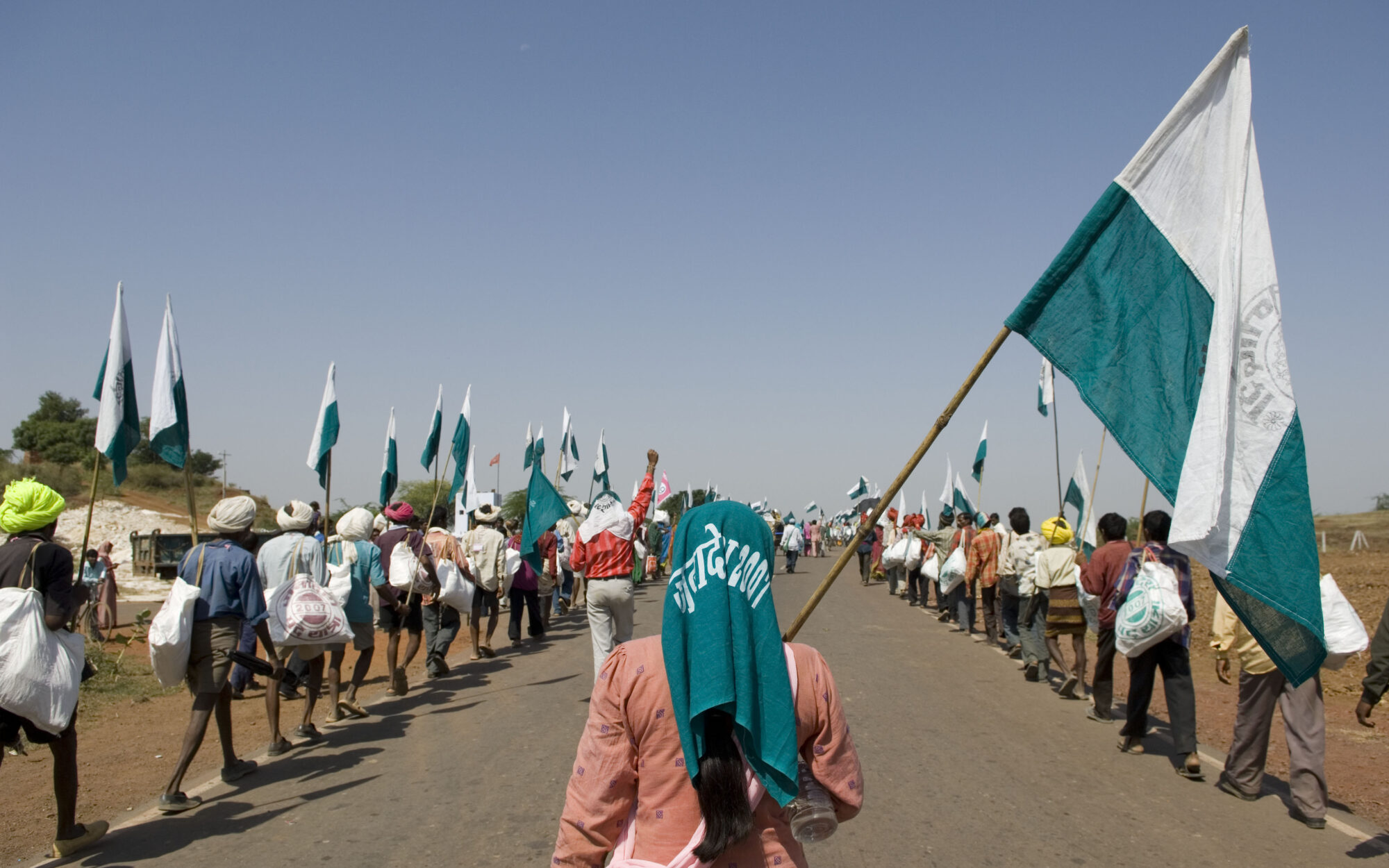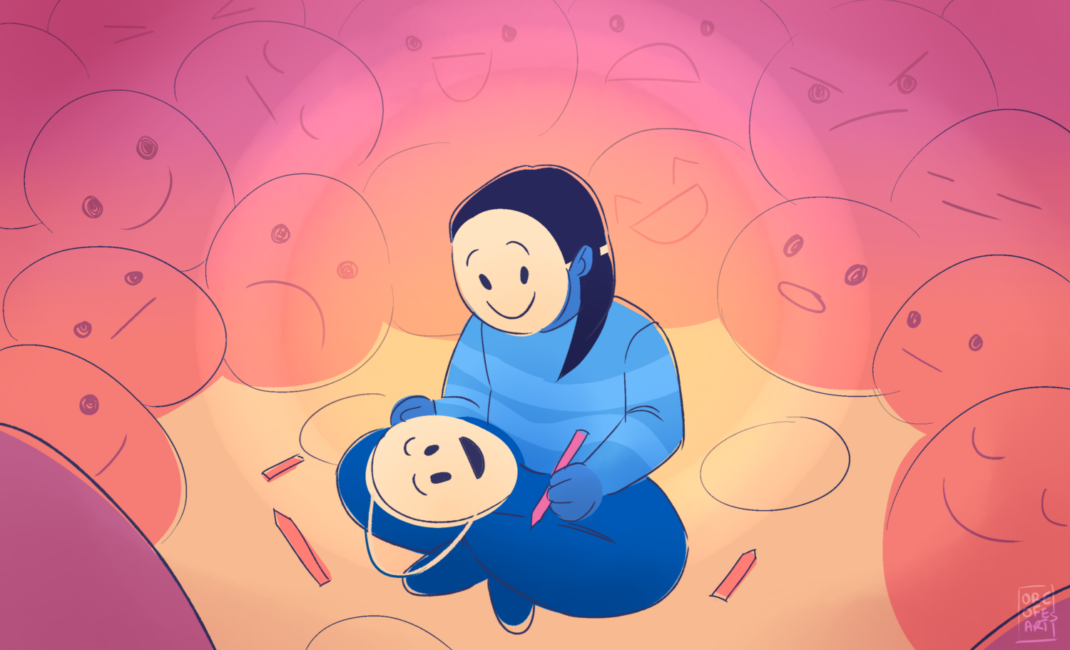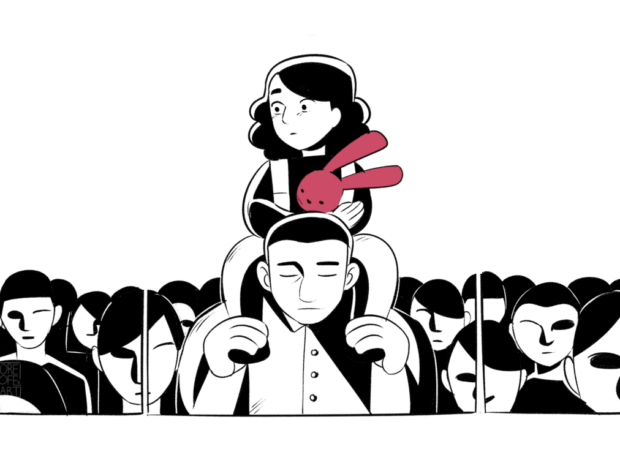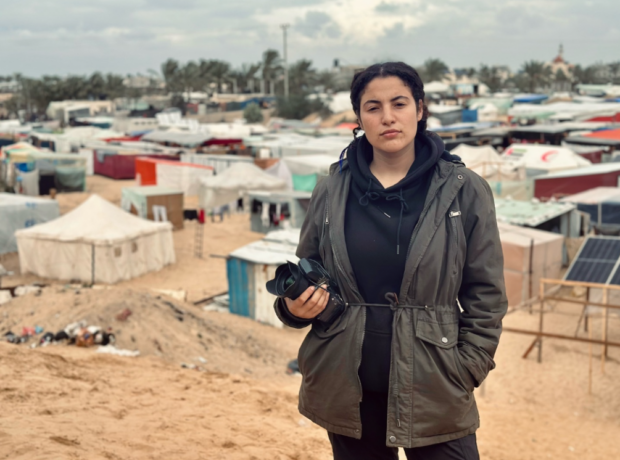To celebrate turning 10, Lacuna Magazine is sharing 10 of our favourite stories from the past decade as chosen by our editors. The writers include school pupils, university students, journalists, academics, activists and members of the public, writing about issues as diverse as Islamophobia, rewilding the Scottish Highlands and, perhaps most crucially, love.
Supporting newer writers has always been a key priority for the magazine. The annual Lacuna Writing Competition invites entries from undergraduate and postgraduate students, and our outreach programme welcomes younger school pupils onto campus for workshops with professional writers who support them to write stories about the justice issues that matter most to them. Examples of the insightful pieces they produce can be found below.
We want to thank everyone who has written for Lacuna Magazine since we launched in 2014. Considerable dedication and care goes into each story. We hope you enjoy these stories as much as we have. If you’d like to write for us, get in touch.
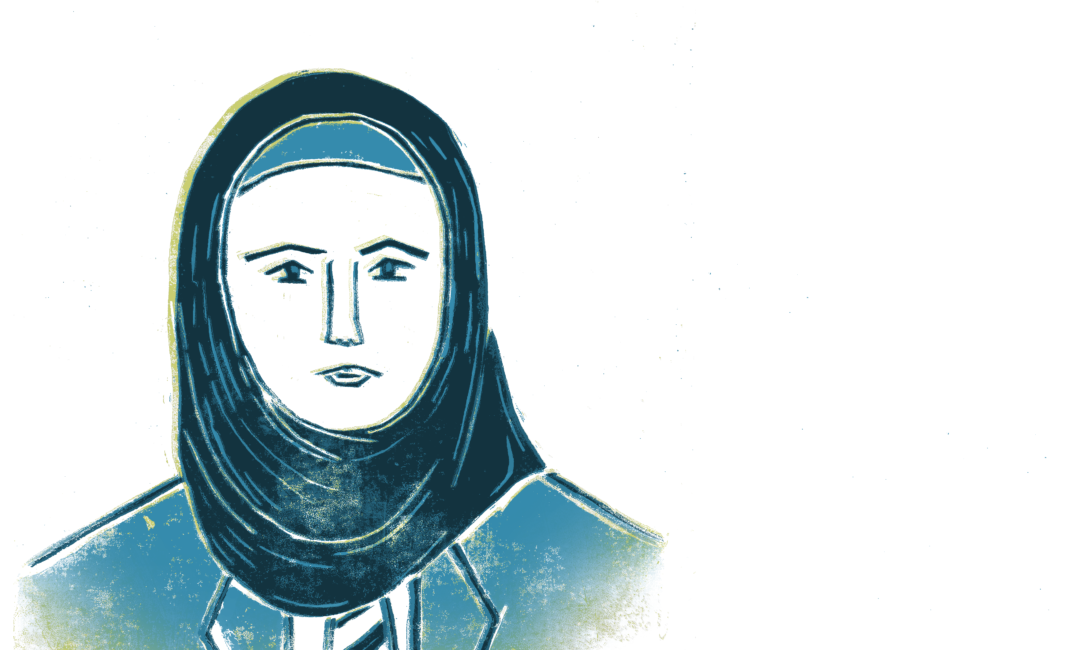
Targeted as terrorists: The problem with ‘Prevent’
by Anonymous, February 2018
This powerful story was written by a 16-year-old school pupil who attended our outreach programme, Writing Wrongs. Launched in 2016, the annual programme invites young people to attend a series of free workshops led by professional writers and journalists, supporting the students to write about the human rights issues that matter most to them. This sixth former had planned to write about the problematic conflation of Muslims and extremism, but when her internet search terms alerted her school, she was questioned by her teachers under the UK’s ‘Prevent’ counter-terrorism strategy. Regaining her focus, she chose to write about the experience, finding she was just one of many young people who have been questioned under the controversial strategy. During a paid summer internship with Lacuna Magazine, the winner of each year’s schools programme develops their winning story with support from our editor. We’ve collected more of these stories here.
Find the full story here.
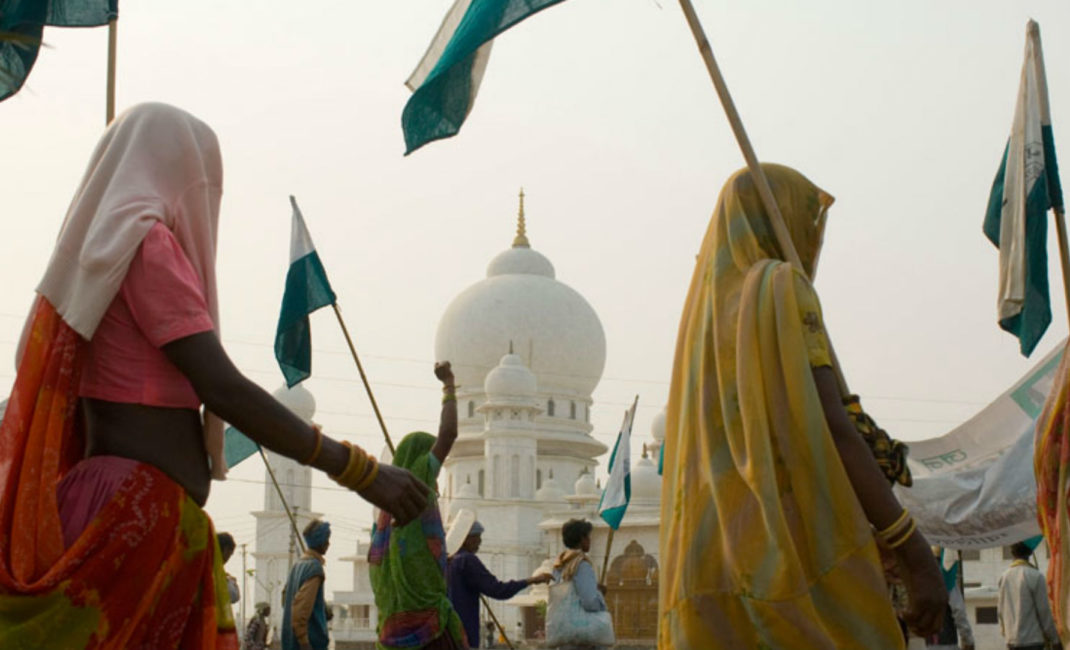
The Art of Protest
by Andrew Williams, April 2014
If non-violent protest has a spiritual home, India must surely be the place. The memory of Mahatma Gandhi’s life and practice is enough to fix the association in the imagination. But India remains vibrant with the sounds, images and words of protest: it is marked by a culture of direct activism that rests on the willingness of countless individual campaigners to voice collectively their anger and their demands. In one of Lacuna Magazine’s first articles, Lacuna co-founder and editor-in-chief Andrew Williams reports on the role of photography in promoting the protest movement of the landless rights movement, Ekta Parishad. This feature is brought to life by the striking photography of Simon Williams. The power of protest has been a mainstay of Lacuna reporting ever since.
Find the full story here.
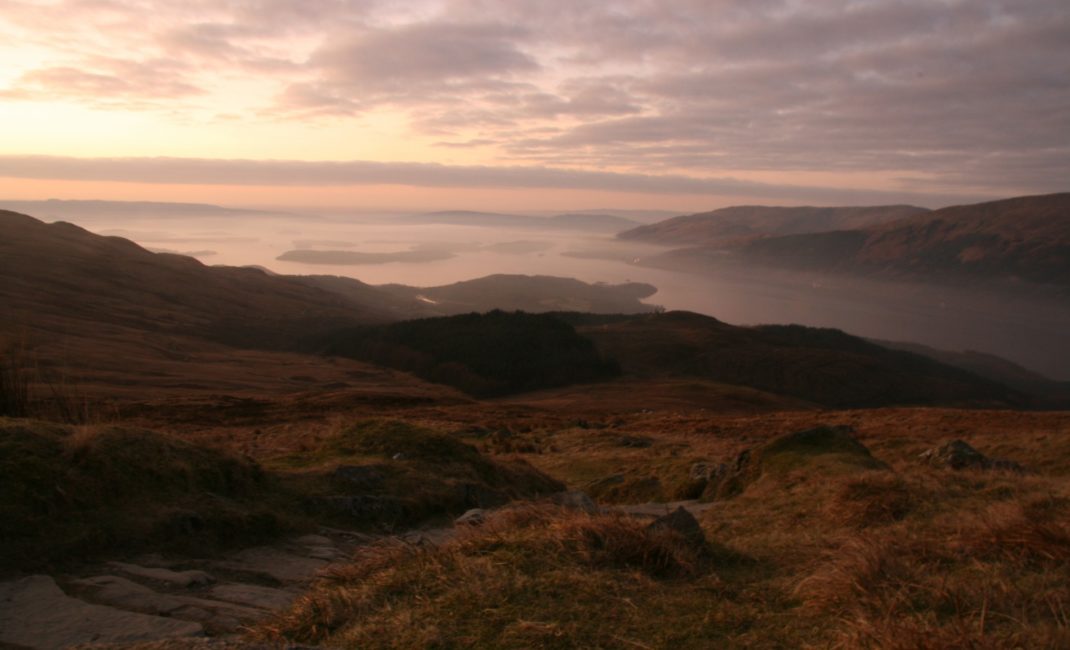
Who’s Afraid of Reintroducing the Wolf?
by Adam Weymouth, November 2015
Adam Weymouth is an award-winning author and journalist whose environmental writing and podcasting has enriched Lacuna Magazine throughout the last decade. In ‘Who’s afraid of reintroducing the wolf?’, Adam investigated peoples’ views about proposals to bring the wolf back into parts of Scotland. “Rewilding” has become a conservationist buzzword in recent years. But what are the implications for people, the land and the wider environment of reintroducing long-disappeared species? As this three-part feature unfolds, Adam tells a complex story of the relationship between land ownership, conservation, local communities, economy and environment. Adam was named Sunday Times Young Writer of the Year for his first book, Kings of the Yukon, following his four-month journey by canoe, which he also wrote about for Lacuna magazine.
Find the full story here.
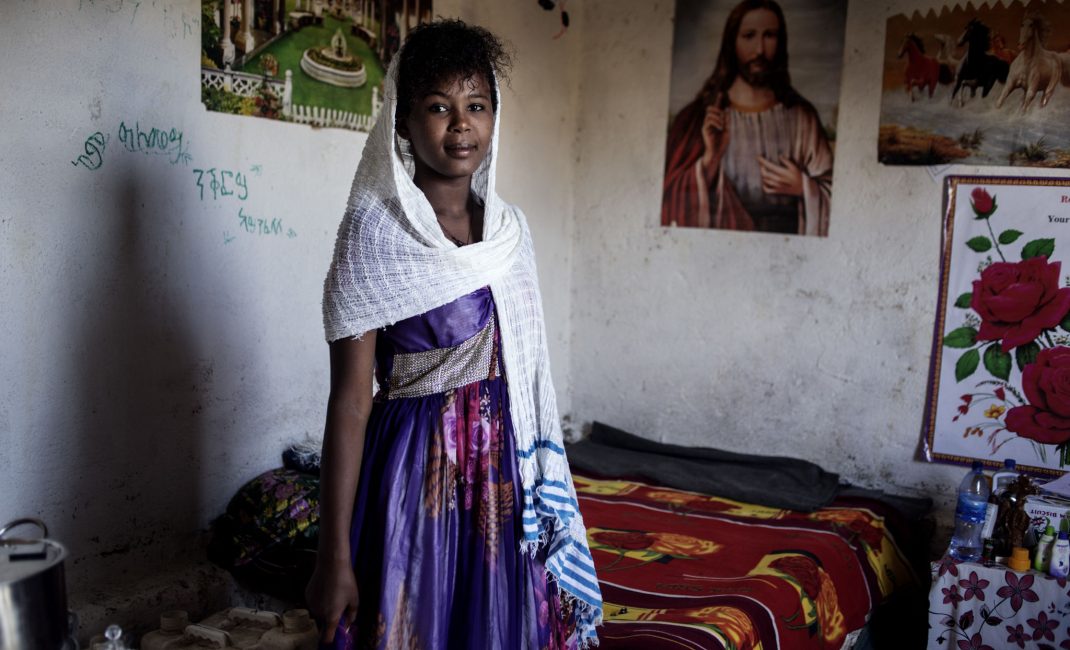
Three-part series from Ethiopia’s refugee camps
by Rebecca Omonira-Oyekanmi (with photos by Gabriel Pecot), April-October 2017
Journalist Rebecca Omonira-Oyekanmi and photographer Gabriel Pecot already had a track record in covering the various stories of the refugee crisis. But travelling to Ethiopia presented an opportunity to develop a deeper understanding of the forces compelling people to leave home and journey to Europe’s shores. In contrast to much of the migration reporting in mainstream media, this three-part series from a refugee camp in Tigray, told through the experiences of teenager Nakfa, underlines the importance of a slower pace of interviewing, and storytelling that prioritises truth and humanity.
“You don’t look autistic”: On stereotypes and late diagnosis
by Anonymous, December 2022
With detailed sensory descriptions and brutally honest recollections of interactions throughout her childhood, a 20-year-old student shares her experience of being autistic. She explains what it feels like to spend the first 20 years of her life not knowing and asks why so many women are being diagnosed later in life. Finding that autistic women are battling against preconceptions, stereotyping and a lack of support, she calls for a full spectrum of autistic representation. This piece was created as a response to one of the themes in the Writing Human Rights interdisciplinary module and demonstrates what student writers can achieve when they have the chance to research the justice issues that impact their own lives and the opportunity to transform that research into an creative response.
Find the full story here.
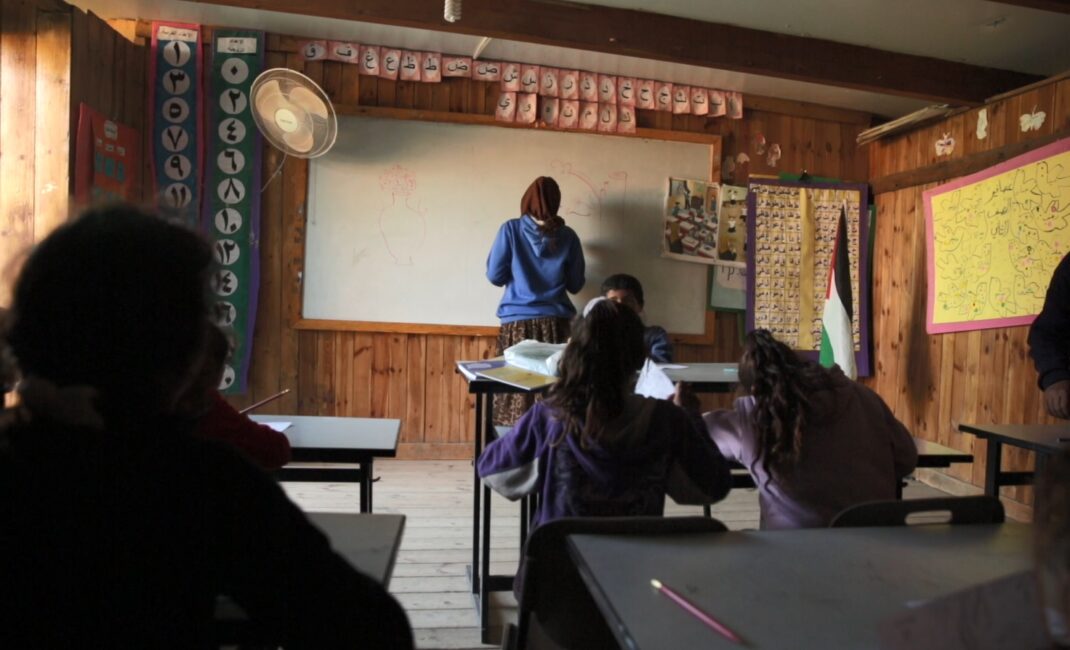
Al Khan Al Ahmar, the small Palestinian school defying demolition orders
By Alice Panepinto and Helen Eisler, October 2017
This article tells the story of a small school in the desert lands of the occupied Palestinian territories. Made from used tyres and other recycled materials, “the Rubber Tyre School” at Al Khan Al Ahmar in the West Bank found itself at the centre of a protracted legal battle.
The school with 150 pupils was first threatened with demolition by the Israeli Army shortly after it was built in 2009, but a lengthy legal battle has been fought against the demolition, which risked splitting the West Bank in two. The surrounding Bedouin community continues to resist eviction. Dr Alice Panepinto (who played a crucial role in Lacuna Magazine’s earlier years) visited Al Khan Al Ahmar to tell their story with filmmaker Helen Eisler.
Find the full story here.
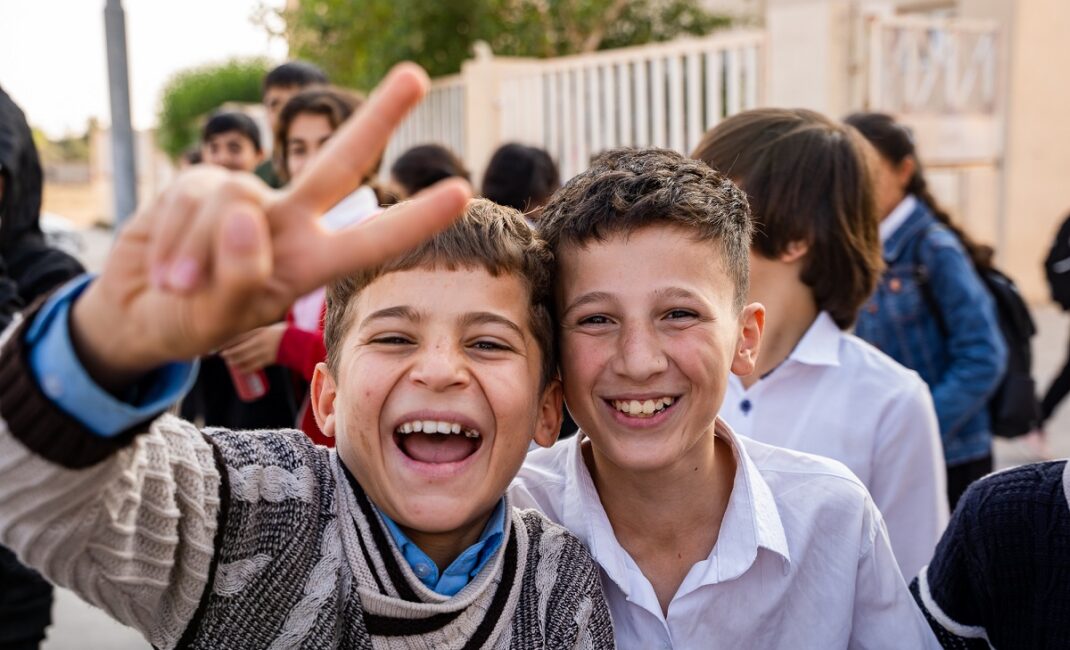
Joy, grief and resilience in Makhmour refugee camp
by Paul Trowbridge, May 2023
For many, the words “refugee camp” bring to mind a small, makeshift encampment set up as an emergency measure to bring temporary humanitarian relief. But this story from Iraq exposes the reality, that many refugee camps are decades old, thousands strong and have become a permanent residence for generations of families. The photo essay also shows the resilience of the communities in refugee camps, who, despite hardship, continue to celebrate life’s milestones and to live their lives with normality, joy and hope.
Find the full story here.
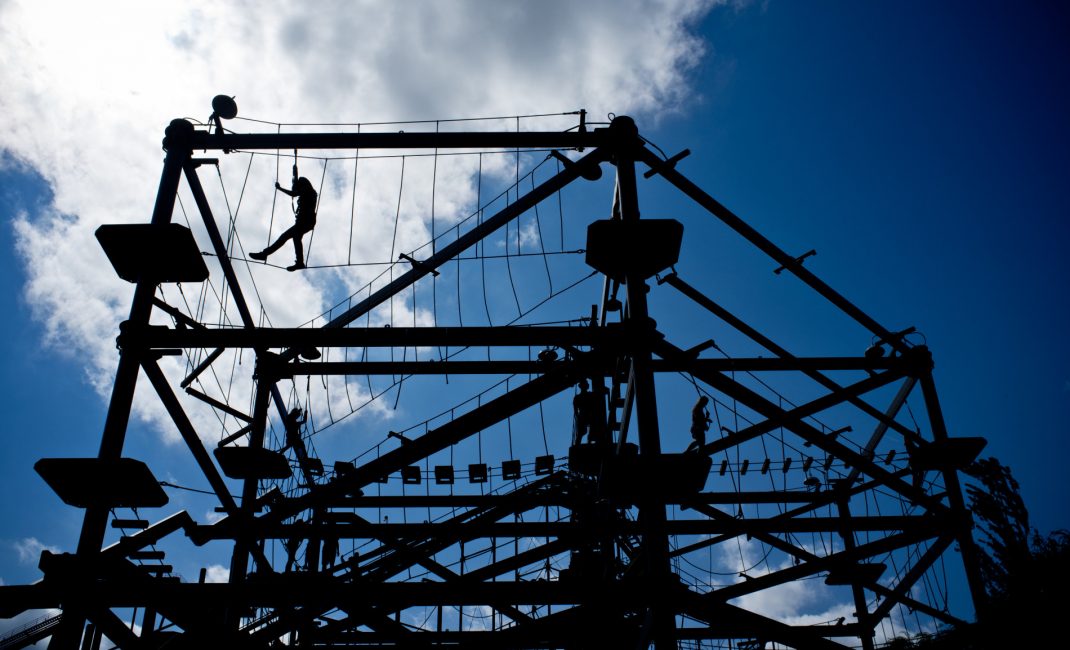
Two flights: the deportation game
by Luke de Noronha, March 2016
In this feature, academic and author Luke de Noronha interviews Chris, who originally moved to Britain as a child and speaks with a London accent. The Jamaica of his childhood was a distant memory. But he was then deported from the UK to Jamaica. Luke tells Chris’s story in Chris’s own words which provides a rare insight into the real life struggles of deportation. Chris’s story is not the sort of case you would find heading up a charity campaign. But it is all the more important because it challenges our ideas about the rights and wrongs of who gets to live where and why.
Find the full story here.
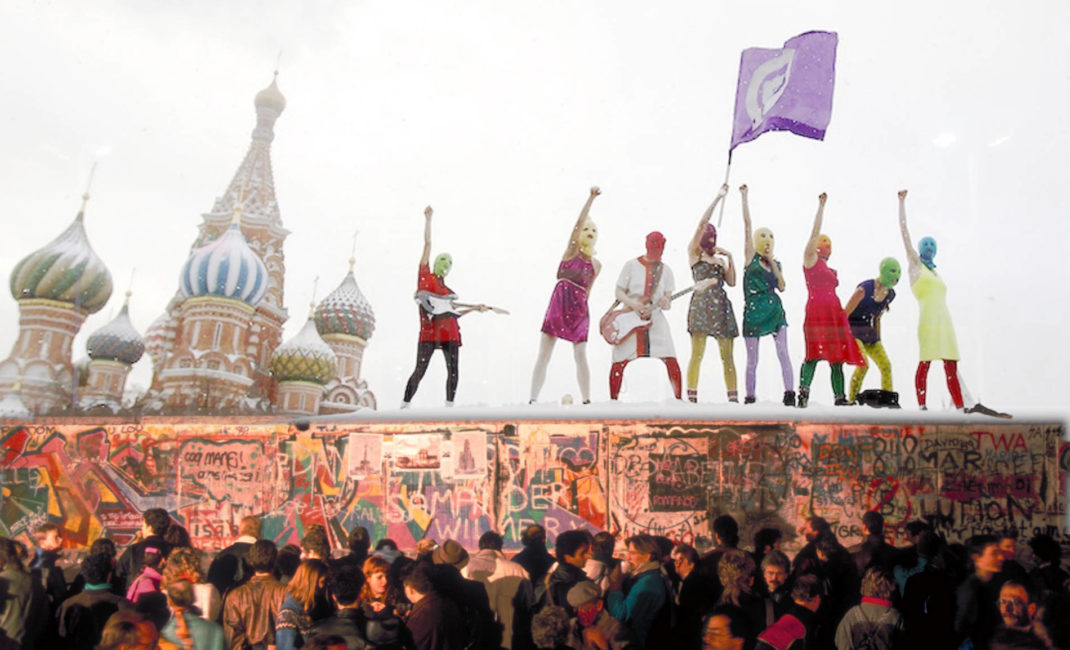
Did Pussy Riot Destroy Russia’s Anti-Putin Movement?
by Marc Bennetts, March 2014
Journalist and author Marc Bennetts tells the story of anti-Putin protests more than a decade ago that could have turned the course of history in a very different direction. Tens of thousands of Russians poured into the streets in the wake of the disputed December 2011 parliamentary elections. Marc, a foreign correspondent for The Times, focuses on the role of Pussy Riot, the punk rock group, who protested in Moscow’s colossal Christ the Saviour Cathedral. Pussy Riot’s stunt, he argues, served to split protesters and push the Orthodox Church back into the arms of the Kremlin. He therefore questions whether their actions have had long-term unintended and detrimental effects on protest in the country.
Find the full story here.
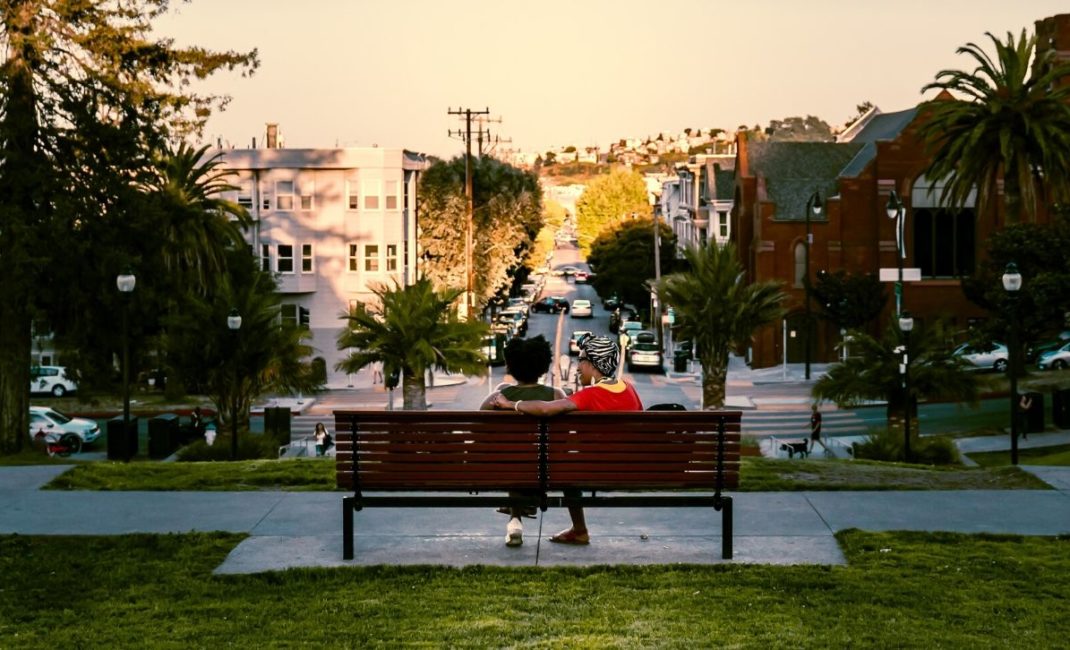
Disabled people are worthy of love
by Naomi Lawson Jacobs, June 2020
Often, when we think about human rights, we think first about wrongs. But key to many human rights stories is love and connection, and they are at the heart of this comment piece. When a letter to the New York Times questioned whether it’s ok to dump a romantic partner with a long-term medical condition, disabled writer and researcher Dr Naomi Lawson Jacobs wanted to respond. The resulting piece is personal, empowering and inviting. The statement headlining this story may seem obvious, but the response is enlightening. Myth-busting, highlighting the importance of language and representation, and brimming with personality, this feature captures so many of this magazine’s aims.
Find the full story here.
Main image from The Art Of Protest by Simon Williams.
Read more:
